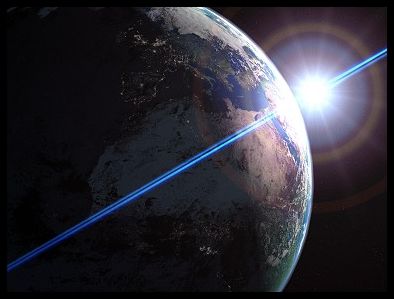
Life in the Universe
Prof. Scott Gaudi

|
Astronomy 141 Life in the Universe Prof. Scott Gaudi |
Key Ideas
Observable Properties of Stars
Luminosity
Colors of Stars
Spectra of Stars
Spectra of Stars
Henry Draper Memorial Survey
Harvard Classification
Annie Jump Cannon
Henry Draper Catalog of Stars
New Spectral Types: L & T
Cecilia Payne Gaposhkin
The Spectral Sequence
Spectral Sequence is a Temperature Sequence
Hertzsprung-Russell Diagram
Hertzsprung-Russell Diagram
Energy Generation in Stars
Why do stars shine?
Fusion Energy

Hydrogen Fusion
Proton-Proton Chain



Bottom Line Fuse 4 protons (1H) into one 4He nucleus plus the following reaction by-products: --2 photons = Energy --2 positrons (positive electrons) --2 neutrinos that leave the Sun carrying energy
Main Sequence
The Main Sequence is a Mass Sequence

Which are the best stars to look for life?
See A Note about Graphics to learn why the graphics shown in the lectures are generally not reproduced with these notes.
[ Return to the Astronomy 141 Main Page | Unit 4 Page ]